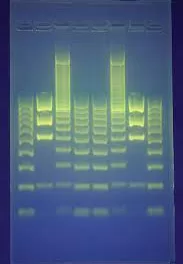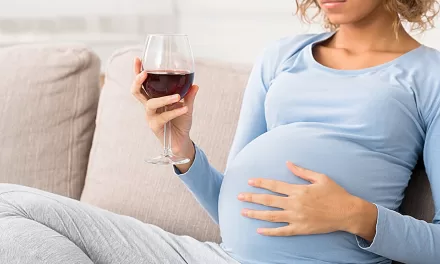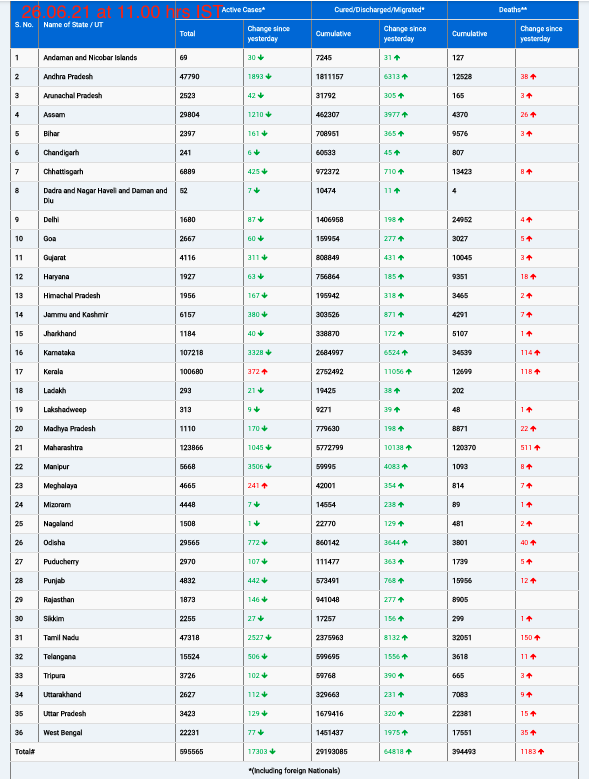A recent study published in the Journal of Virology, a journal of the American Society for Microbiology, has revealed that a small number of wild birds in New York City carry highly pathogenic H5N1 avian influenza. This discovery underscores the potential for zoonotic infections and pandemics not only in rural areas and commercial poultry operations but also in urban centers.
The groundbreaking study, led by Christine Marizzi, PhD, principal investigator of the New York City Virus Hunters (NYCVH) Program and BioBus director of community science, highlights the significance of monitoring avian viruses in urban environments. “Birds are key to identifying circulating influenza and other avian viruses in New York City. Understanding which viruses pose a threat to both birds and humans is crucial,” stated Dr. Marizzi.
The study, the first large-scale examination of avian influenza in an urban area in the United States, involved active community involvement, a critical component emphasized by Dr. Marizzi. “We need more eyes on the ground,” she stressed, underlining the importance of collaborative efforts in viral surveillance.
Conducted through a partnership between BioBus, the Icahn School of Medicine at Mount Sinai, and the Wild Bird Fund, the study engaged local high school students as paid interns under expert mentorship. Equipped with protective gear, students collected bird fecal samples in urban parks and green spaces. Additional samples were contributed by local animal rehabilitation centers such as the Wild Bird Fund and Animal Care Centers of New York. These samples were then screened for viruses in the Krammer laboratory at the Icahn School of Medicine at Mount Sinai.
Over the course of the study, the NYCVH collected and screened 1927 samples between January 2022 and November 2023, detecting the H5N1 virus in 6 city birds representing 4 different species. Notably, all positive samples originated from urban wildlife rehabilitation centers, highlighting the pivotal role these centers play in viral surveillance.
By analyzing the genetic composition of the samples, researchers identified two distinct genotypes of the H5N1 virus, both comprising a combination of Eurasian H5N1 2.3.4.4.b clade virus and local North American avian influenza viruses. New York City’s status as a major stopover for migrating wild birds underscores the importance of monitoring avian viruses in urban environments.
Despite the presence of H5N1 in city birds, Dr. Marizzi emphasized that this does not signify the onset of a human influenza pandemic. “H5N1 has been circulating in New York City for about two years, and no human cases have been reported,” she clarified.
In their outreach efforts, the research team aims to raise awareness about H5N1 in city birds and provide guidance on protective measures. “It’s wise to remain vigilant and avoid close contact with wildlife, including preventing pets from interacting with wildlife,” advised Dr. Marizzi. Safe practices should always be followed when handling sick or injured birds or other animals.
The study sheds light on the dynamic interface between animals and humans in urban environments and underscores the importance of ongoing surveillance to mitigate the risk of zoonotic infections and potential pandemics.












